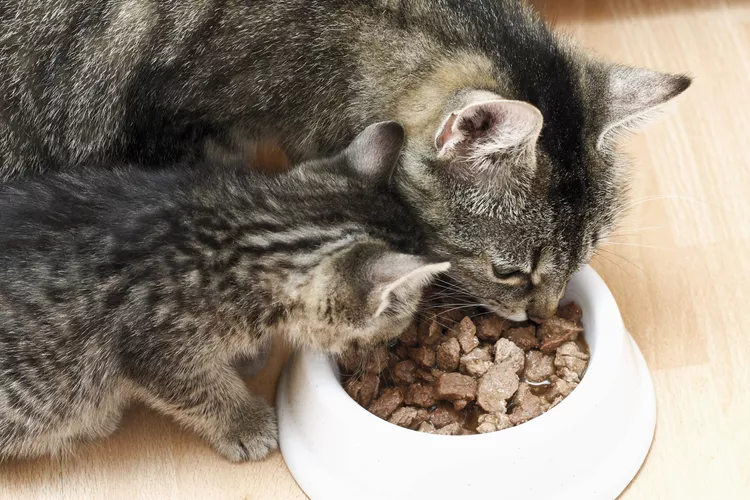What Cat Food Ingredients Should I Look For?

As a general rule, the order of ingredients is just as important as the kind of ingredients. Unless a cat is on a special diet for a medical reason, the protein source will always be listed first, followed by other ingredients listed in the order of their percentage of total weight. Following are some quick guidelines (after the protein source, the order may vary from product to product).
Named Protein Source
This is by far the most important ingredient to look for in cat foods: a specific protein source other than "meat." Look for chicken, turkey, lamb, salmon, etc. (May be followed by named organs, e.g. chicken liver, chicken heart, both rich sources of taurine.)
Specific Carbohydrates aka "Fillers"
Cats are obligate carnivores, i.e., they must have meat to thrive, and they do not need carbohydrates. In fact, cats have problems digesting some carbohydrates, and many food allergies are triggered by the carbohydrate content of foods. However, most dry foods depend on carbohydrates as the "fillers" needed to hold the other ingredients together. I have made it a practice for years to avoid buying cat food containing grain. Cats are obligate carnivores, and simply do not need grains in their diet, particularly corn or wheat. (Corn is a cheap filler, and many cats are allergic to wheat.) I look for carbohydrates such as green peas, sweet potatoes, or potato starch. Better yet, I give my cats mostly canned food, with quality dry food as a "treat."
Named Fat Source
Look for a named fat source, such as "chicken fat." You may also see sunflower oil, or other oils listed, usually in premium foods.
Vitamins and Minerals
Vitamin C (calcium ascorbate) and/or Vitamin E (alpha-tocopherol) are often added as preservatives, along with other vitamins and minerals.
Taurine
Taurine is an amino acid that can be readily produced by the human body, however, cats need a dietary source of taurine for good health. In a 1974 study, it was found that a diet deficient in taurine contributed to retinal degeneration in cats. Taurine deficiency can also cause a heart disease called dilated cardiomyopathy (DCM). For several decades cat food manufacturers have added taurine to cat food.
This website has a good comparison chart of the ingredients in both premium dry foods, as well as "supermarket" foods for cats.